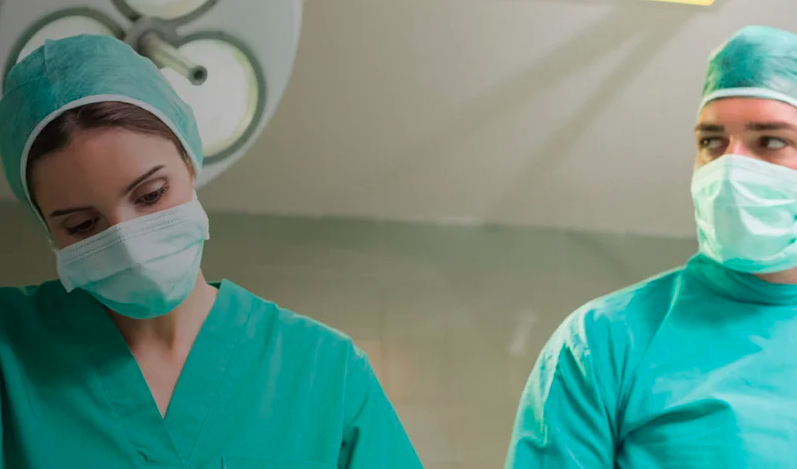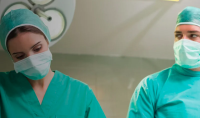<- Back

![]()
![]()
![]()
![]()


Anaesthesia | Transfer | Modes of Transport

Speciality
Medical Doctors
Location
Online
Delivery
Online
Time / Duration
20 to 30 minutes
Subject matter expert
elearning for healthcare

Provider
eIntegrity

Modes of Transport
Session Overview
Description
This session considers the transport options available to critical care teams for the secondary and tertiary transfer of critically-ill patients.
Learning Objectives
By the end of this session you will be able to:
- Discuss the advantages and disadvantages of road ambulance, helicopter and fixed-wing aircraft for the safe transfer of critically-ill patients
- Assess the mission-specific factors that guide the choice of transport platform
Prerequisites
Before commencing this session you should complete sessions:
- Physiological effects of patient transport: General principles (001-1600)
- Physiological effects of patient transport: Aeromedical considerations (001-1604)
Modules this course belongs to
Title
Anaesthesia | Transfer | Modes of Transport
Speciality
Interest Areas / Topics Covered
-- GENERAL MEDICAL--, Anesthetics
Provider Type
Education Provider
Time / Duration
20 to 30 minutes
Location
Online
Posted By
eIntegrity Healthcare e-Learning
Reference
Anaesthesia (e-LA) (eIntegrity), Transfer, 03_28_03 Modes of Transport
Price:
$19.00
Similar Listings
- Anaesthesia | Physiology | Mechanics of Ventilatio...
- Posted By eIntegrity Healthcare e-Learning
- Posted Date: 2025-02-21
- Location:Online
- This session continues to look at respiratory mechanics, including lung compliance, the role of surfactant and the factors that determine whether airflow is laminar or turbulent. Respiratory function tests are also explained
- Anaesthesia | Physiology | Ventilation/Perfusion A...
- Posted By eIntegrity Healthcare e-Learning
- Posted Date: 2025-02-21
- Location:Online
- This session describes how and why ventilation and perfusion vary in the healthy lung. Causes of hypoxia, such as hypoventilation, increased dead space and shunt, are discussed to help the trainee explain and manage hypoxia clinically.
- Anaesthesia | Physiology | Pulmonary Ventilation: ...
- Posted By eIntegrity Healthcare e-Learning
- Posted Date: 2025-02-21
- Location:Online
- This session covers the measurement and clinical importance of lung volumes, including functional residual capacity and dead space. Information regarding the performance and interpretation of flow-volume loops is also included.
- Anaesthesia | Physiology | Co2 Carriage in Blood a...
- Posted By eIntegrity Healthcare e-Learning
- Posted Date: 2025-02-21
- Location:Online
- This session covers the physiology of how carbon dioxide is carried by blood, including its conversion into bicarbonate ions and the role of the red blood cell and haemoglobin in this process. The session also describes how buffers work, and the fundament
- Anaesthesia | Physiology | Function of Haemoglobin...
- Posted By eIntegrity Healthcare e-Learning
- Posted Date: 2025-02-21
- Location:Online
- This session focusses on the function of haemoglobin in oxygen (O2) carriage from the lungs to other tissues where cells are supplied with the O2 required for oxidative phosphorylation in the mitochondria. We will cover the structure




